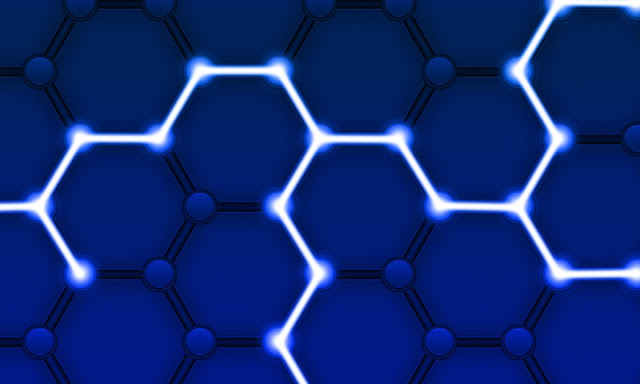TE CONNECTIVITY NECTOR M POWER CONNECTOR

TE Connectivity Nector M power connector solution has announced its newly upgraded NECTOR M power system. The power system solution is designed to comply with the UL 1977 directives in conjunction with IEC 61535 standards. TE has just premiered a five-position divider that offers power, signal and regulate connection alternatives for numerous lighting and electrical appliances. TE’s NECTOR M Power System solution is a completely configurable, compact wiring connector and ducting system for the construction industry for illumination and perpetual indoor electrical operations. Its round design decreases installation time significantly, particularly in almost any indoor installation relative to rectangular connector systems. The upgraded system offers electrical service manufacturers with the ability to design, design and build off-site electrical distribution systems, electrical appliances and cable assemblies, resulting in lower labor costs on site, greater efficiency and impro

